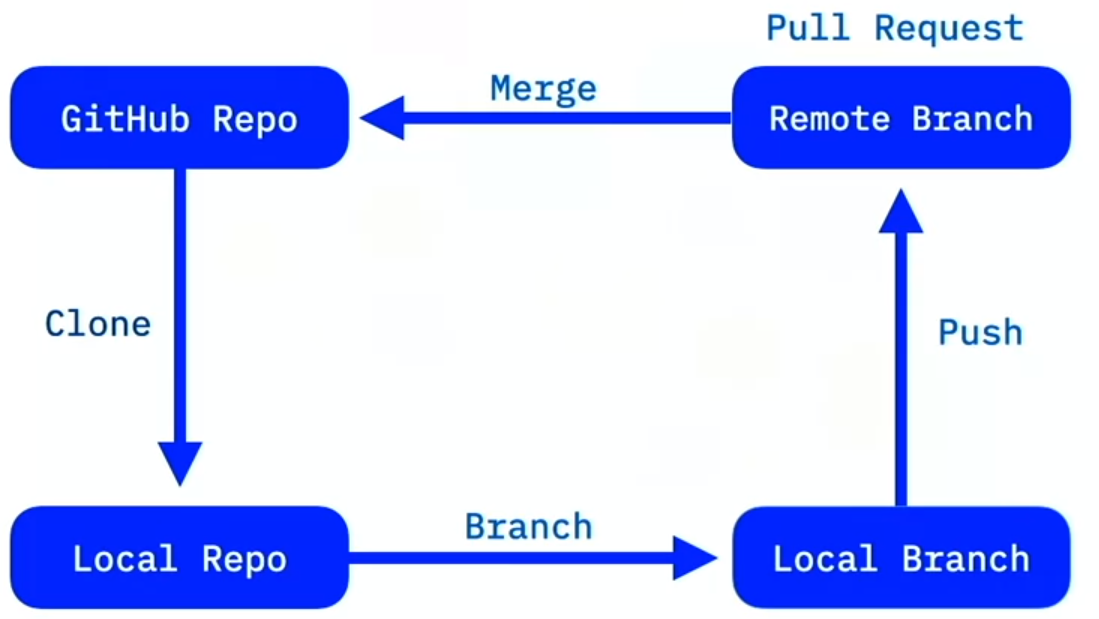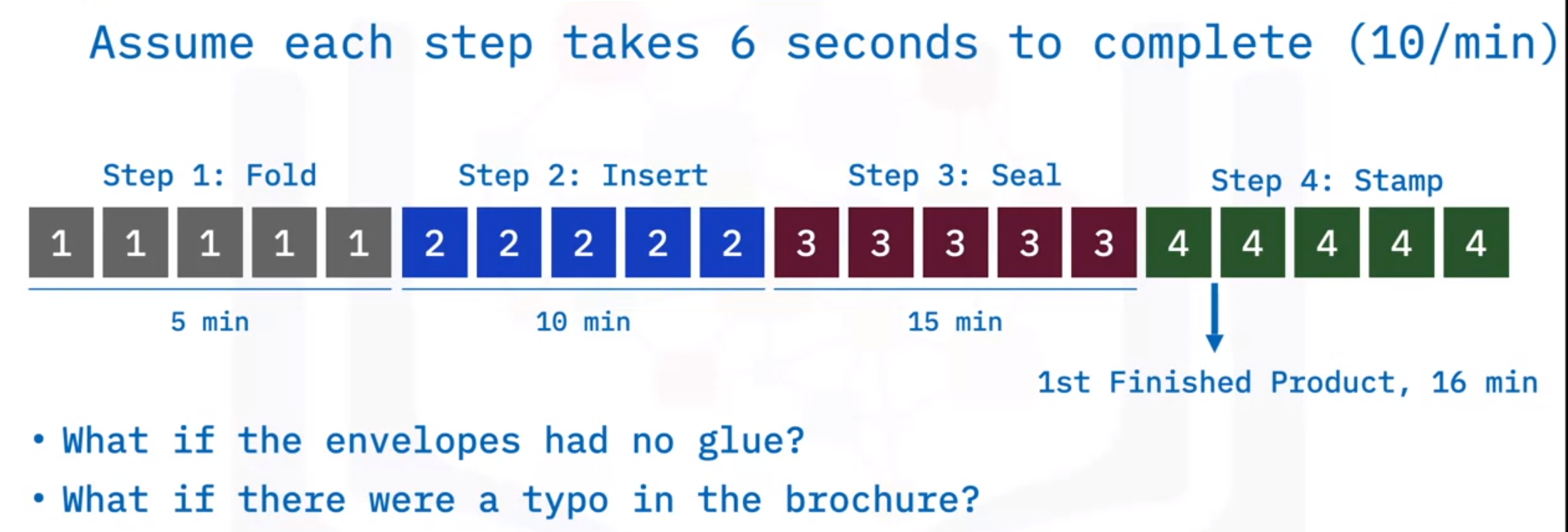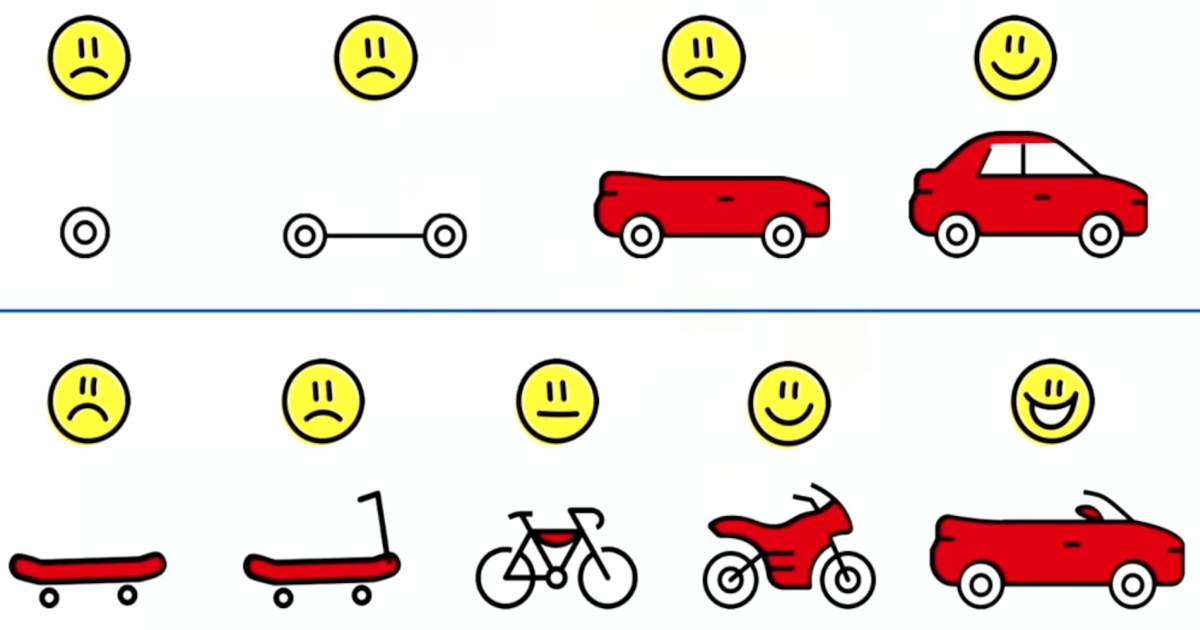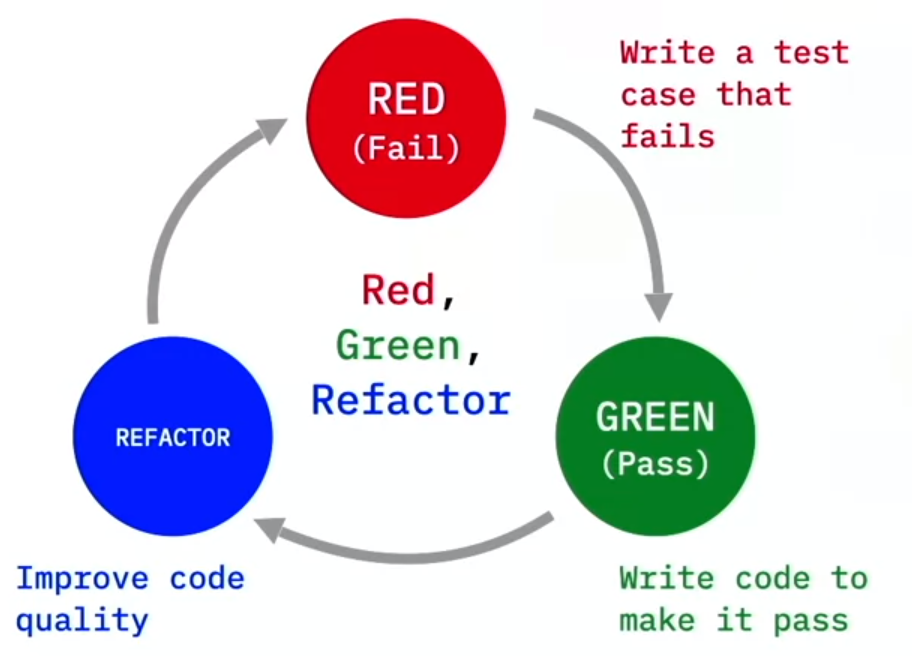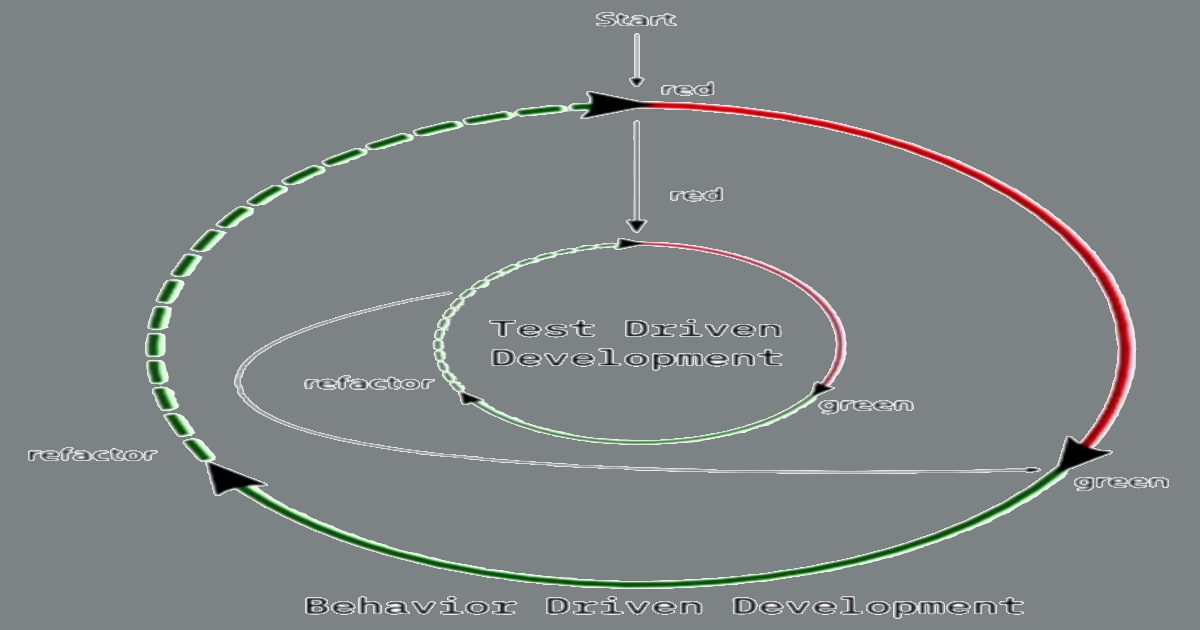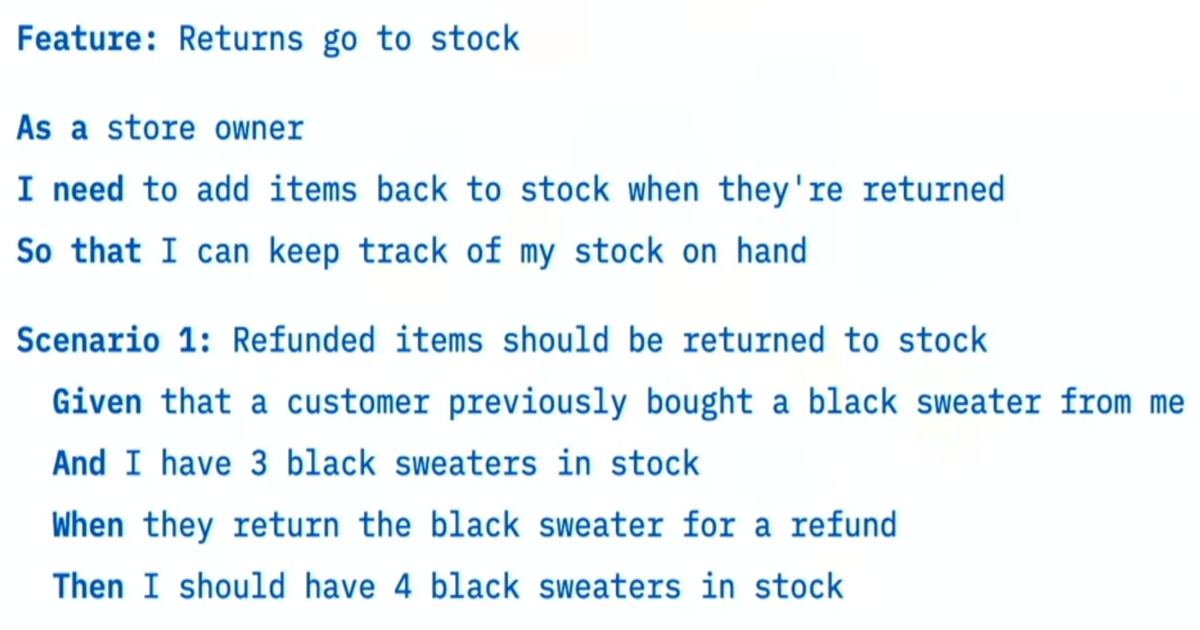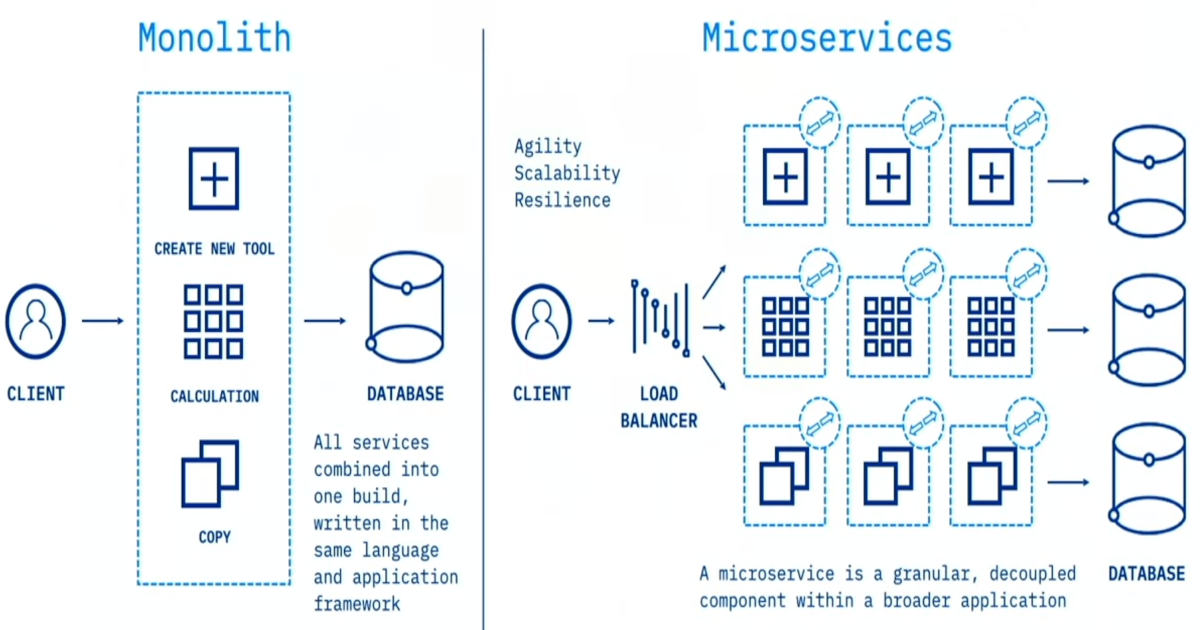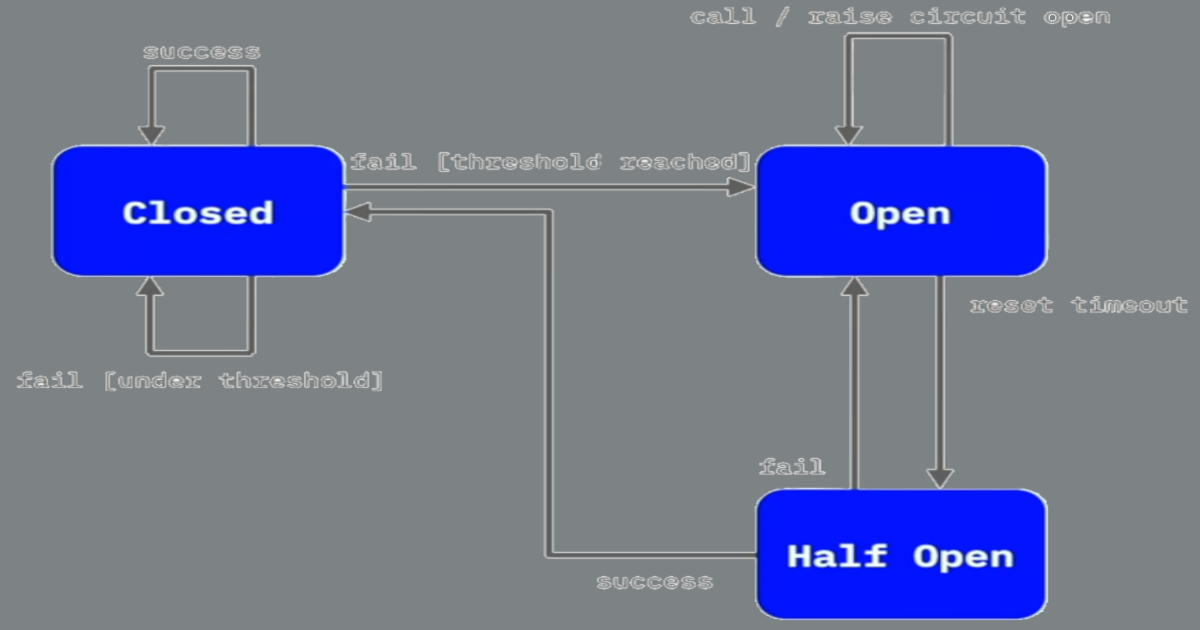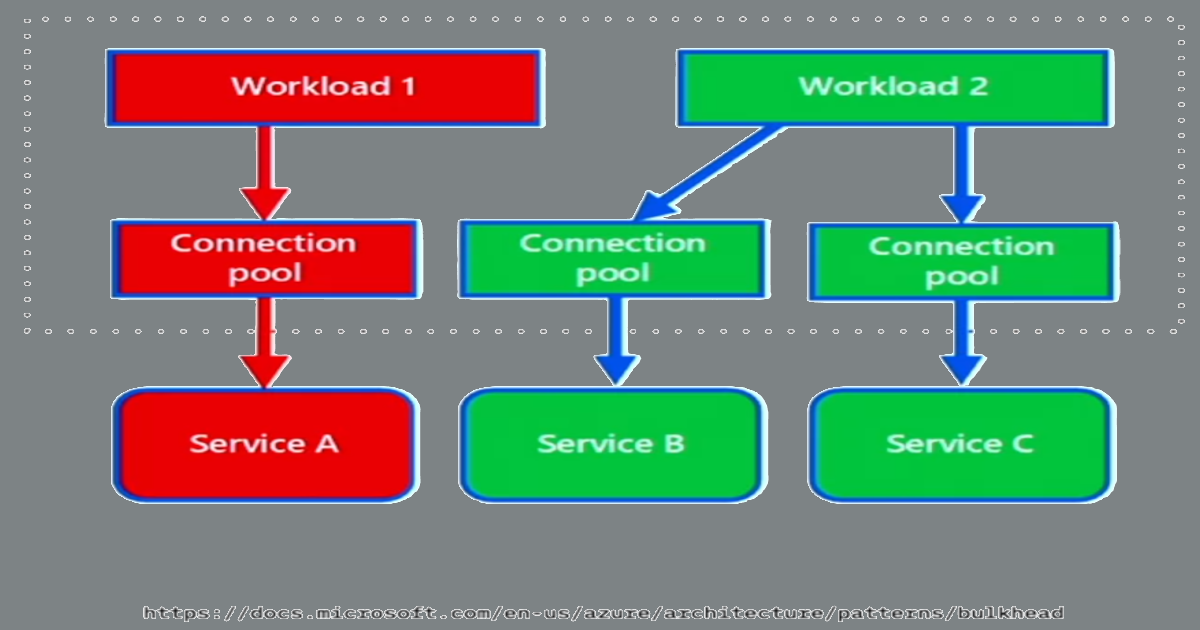Thinking DevOps
Social Coding Principles
What is social coding?
- Open source practice
- All repos are public
- Everyone is encouraged to contribute
Anarchy is controlled via Pull Requests
Code reuse dilemma:
- Code has 80% of what you need, but 20% is missing
- How do you add 20% missing features?
- Make a feature request and depend on another team?
- Rebuild 100% of what you need (no dependencies)
Social Coding Solution:
- Discuss with the repo owner
- Agree to develop it
- Open an Issue and assign it to yourself
- Fork the code and make your changes
Issue a Pull Request to review and merge back
Pair Programming:
- Two programmers on one workstation
- The driver is typing
- The navigator is reviewing
Every 20 minutes they switch roles
Pair programming benefits:
- Higher code quality
- Defects found earlier
- Lower maintenance costs
- Skills transfer
- Two set of eyes on every line of codebase
Git Repository Guidelines
- Create a separate Git repository for every component
- Create a new branch for every Issue
- Use PRs to merge to master
Every PR is an opportunity for a code review
Git feature branch workflow:
Working in Small Batches
- Concept from Lean Manufacturing
- Faster feedback
- Supports experimentation
- Minimize waste
Deliver faster
Small batch example:
You need to mail 1000 brochures:
- Step 1: Fold brochures
- Step 2: Insert brochures into envelopes
- Step 3: Seal the envelopes
- Step 4: Stamp the envelopes with postage
Batch of 50 brochures:
Single Piece Flow:
Measuring the size of batches
- Feature size supports frequent releases
- Features should be completed in a sprint
- Features are a step toward a goal, so keep them small
Minimum Viable Product (MVP)
- MVP is not “Phase 1” of a project
- MVP is an experiment to test your value hypothesis and learn
- MVP is focused on learning, not delivery
- At the end of each MVP, you decide whether to pivot or persevere
Minimum Viable Product Example:
Gaining an understanding
- MVP is a tool for learning
- The experiment may fail and that’s okay
- Failure leads to understanding
- What did you learn from it?
- What will you do differently?
Test Driven Development (TDD)
The importance of testing:
“If it’s worth building, it’s worth testing. If it’s not worth testing, why are you wasting your time working on it?” — Scott Ambler
What is test driven development?
- Test cases drive the design
- You write the tests first then you write the code to make the test pass
- This keeps you focused on the purpose of the code
Code is of no use if your client can’t call it
Why devs don’t test:
- I already know my code works
- I don’t write broken code
- I have no time
Basic TDD workflow
Why is TDD important for DevOps?
- It saves time when developing
- You can code faster and with more confidence
- It ensures the code is working as expected
- It ensures that future changes don’t break your code
- In order to create a DevOps CI/CD pipeline, all testing must be automated
Behavior Driven Development (BDD)
- Describes the behavior of the system from the outside
- Great for integration testing
- Uses a syntax both devs and stakeholders can easily understand
BDD vs. TDD:
- BDD ensures that you’re building the “right thing”
- TDD ensures that you are building the “thing right”
BDD workflow
- Explore the problem domain and describe the behavior
- Document the behavior using Gherkin syntax
- Use BDD tools to run those scenarios
One document that’s both the specification and the tests
Gherkin:
- An easy-to-read natural language syntax
- Given … When… Then…
Understandable by everyone
Gherkin Syntax:
- Given (some context)
- When (some event happens)
- Then (some testable outcome)
- And (more context, events, or outcomes)
Retail BDD example
Gherkin for acceptance criteria:
- Add acceptance criteria to every user story
- Use Gherkin to do that
- Indisputable definition of “done”
Expected benefits of BDD
- Improves communication
- More precise guidance
- Provides a common syntax
- Self-documenting
- Higher code quality
- Acceptance criteria for user stories
Cloud Native Microservices
Think differently about application design:
Think cloud native:
- The Twelve-Factor App
- A collection of stateless microservices
- Each service maintains its own database
- Resilience through horizontal scaling
- Failing instances are killed and respawned
- Continuous Delivery of services
Think microservices:
“The microservices architectural style is an approach to developing a single application as a suit of small services, each running in its own process and communicating with lightweight mechanisms, often an HTTP resource API. These services are built around business capabilities and independently deployable by fully automated deployment machinery.” — Martin Fowler and James Lewis
Monolith vs. Microservices
Designing for Failure
Failure happens:
- Embrace failures – they will happen!
- How to avoid –> How to identify and what to do about it
- Operational concern –> developer concern
- Plan to be throttled
- Plan to retry (with exponential back off)
- Degrade gracefully
- Cache when appropriate
Retry pattern:
Circuit Breaker pattern:
Bulkhead pattern:
Chaos engineering:
- Also known as monkey testing
- You deliberately kill services
- Netflix created The Simian Army tools
- You cannot know how something will respond to a failure until it actually fails

